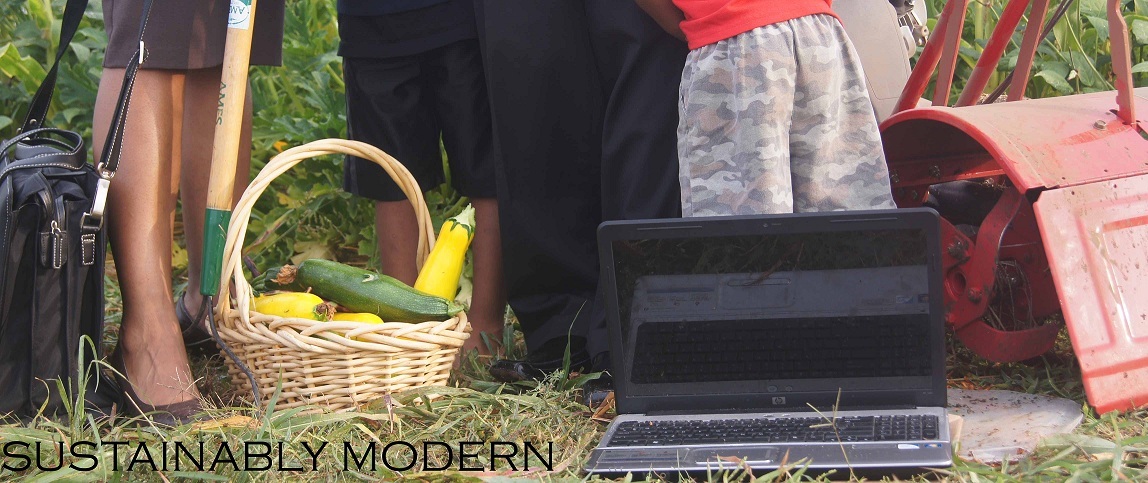If you ever decide to plant a lemon balm plant in your garden, you will soon find yourself searching the internet for something to do with it. The plants get rather large. So describe them as invasive. I wouldn’t use that word because invasive (to me) means that it replants itself. It just gets rather large, so be sure you have enough room for it. Becky at Simply Self Sufficiency has done a lot with Lemon Balm. Check out her website for more ideas.
For my first real venture into Lemon Balm, I decided to try the Jelly.
I started by soaking a thinly sliced lemon in 3 cups of water. I let that sit in the fridge overnight.

I then strained the lemons from this water, brought it to a boil, added 4 tightly packed cups of lemon balm, and allowed that to simmer for about 15 minutes.

I strained this mixture. Added 6 1/2 cups of sugar and brought to a rolling boil. I then added 6 tablespoons of powdered low-sugar Ball pectin. I boiled this until I had jelly set (using the spoon test).

I removed from the heat, placed it in pint jars and water bathed for 10 minutes.

I saved a little for immediate use.


The Truth: I tried to cut the sugar in this recipe; using just half of the 6 1/2 cups. It didn’t work. I waited a few days and all I had was a syrup. So, I dumped all the jars back into the pot. Boiled, added more sugar and pectin until I was able to pass the jelly set spoon test. I can't tell you how much sugar I ended up adding, but I can say that I ended up with more than the 6 1/2 cups the recipe called for. Just add little by little until you are able to get jelly set.
Well worth it; it’s absolutely delicious! Everyone loved it. Take that overgrown Lemon Balm plant.























